In 1938, in a small town in Upper Austria, one of the many Nazi concentration camps was constructed. It was known as the Mauthausen concentration camp. It existed from 1938 to 1945. The camp was run and guarded by the SS. The people who were imprisoned here came from many countries in Europe: Poland, Russia, France, Italy, Germany, Austria and others. They were political opponents, belonged to marginalised groups (e.g. ‘criminals’, ‘asocials’) or were persecuted for anti-Semitic and racist reasons (e.g. Jews). Most of the prisoners were men, but there were also women and children.
In the Mauthausen quarry, the prisoners carried out hard forced labour. In the more than 40 subcamps (Gusen, Steyr, Linz, Ebensee, Vienna...), they were deployed in the arms industry. People lived in overcrowded accommodation. They were not given enough food and clothing, and they starved and died of diseases. SS men beat many prisoners to death, shot them or murdered them in the gas chamber at Mauthausen. In total, almost 200,000 people were imprisoned at Mauthausen and its subcamps. Half of them lost their lives.
The Mauthausen concentration camp was on a hill and could be seen for miles around. Many people were involved with the camp: they worked there, brought deliveries or knew SS men. Almost everyone knew about the death camp. Often, the SS men committed the crimes in full view of the population. On 5 May 1945, the Mauthausen concentration camp was liberated by US troops.
Here, you will read the story of a person who was connected with the Mauthausen concentration camp.
Karl Streng
Text: Alice Mayrhofer – Illustration: Johannes Doppler
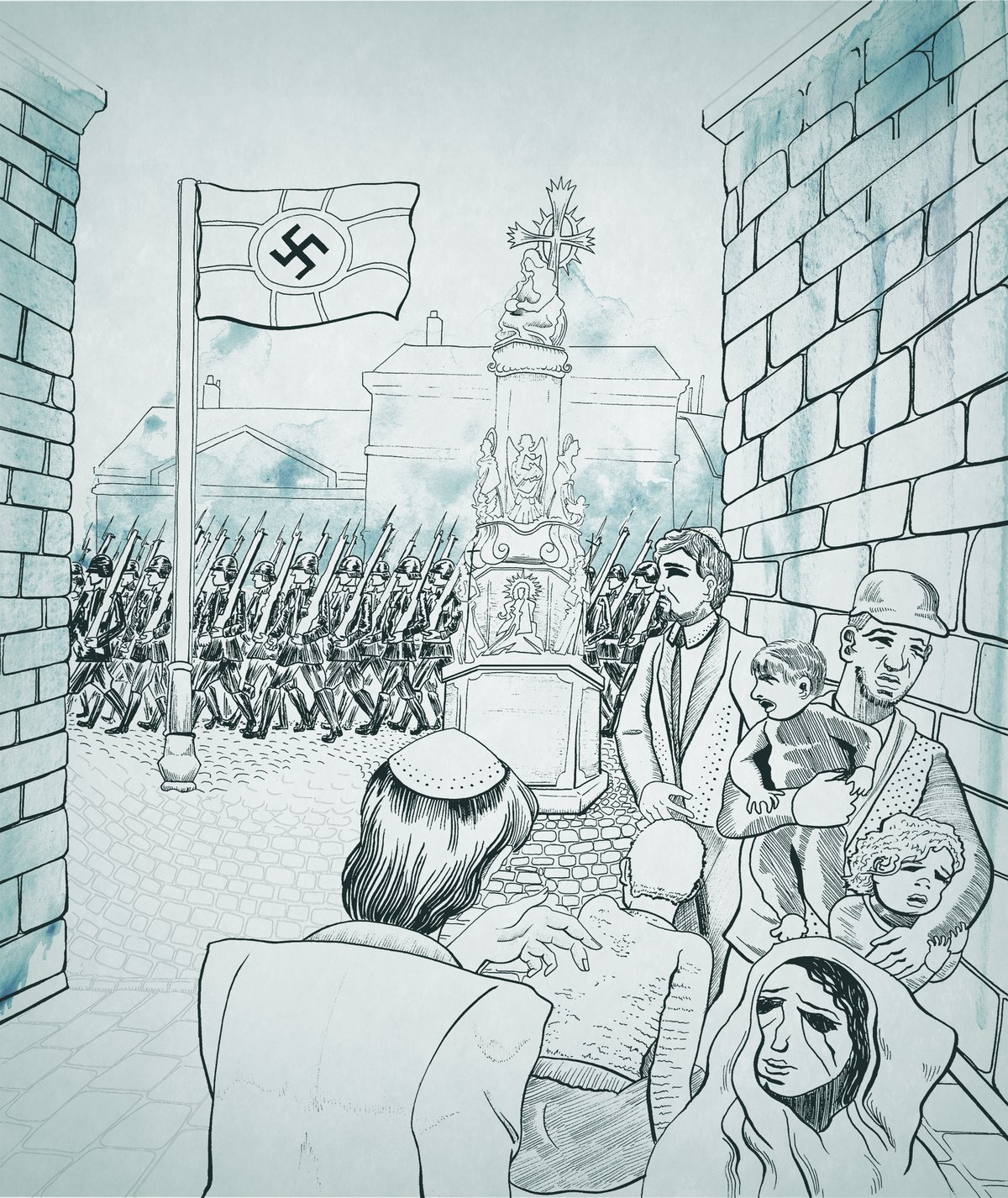
Karl Streng is born in 1918 in Guntrams near Neunkirchen, south of the city of Wiener Neustadt. After leaving school, he trains as a butcher.
With the ‘Anschluss’ (‘Annexation’) of Austria in March 1938, the country becomes part of Nazi Germany Reich. Much of the Austrian population is jubilant, including in Neunkirchen. But the town also has a Jewish community, which now faces persecution. From 1938, Julius Steinfeld, a Jew from Neunkirchen, helps thousands of Austrian Jewish men, women and children to escape from the Nazis in Vienna.

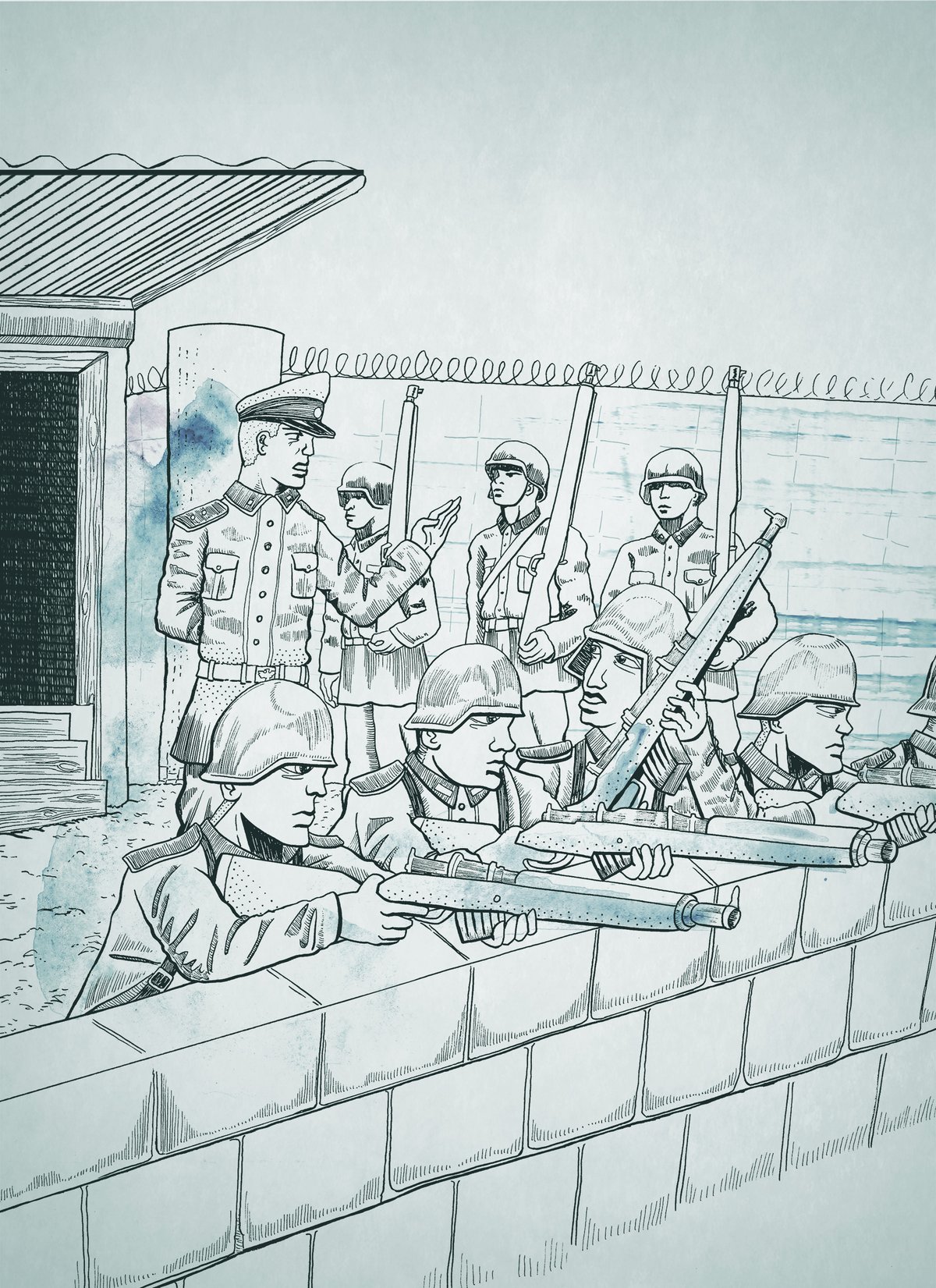
After the ‘Anschluss’, 20-year-old Streng volunteers for the SS. He receives military training in the Sachsenhausen SS training camp near Berlin. Streng first works as a guard at the Sachsenhausen concentration camp, and then becomes an instructor for new SS volunteers. He is in one of the SS Totenkopf (‘death’s head’) units, i.e. the organisation responsible for running the camps. His unit is transferred to Linz and Vienna in November 1939. Streng probably works in the SS camp in Linz-Ebelsberg as an instructor.
In January 1940, he is transferred to the Mauthausen concentration camp. Initially, he is part of the guards at the nearby Gusen concentration camp and works as an instructor. In February 1941, as a trained butcher, he is put in charge of the prisoners’ kitchen at Mauthausen.
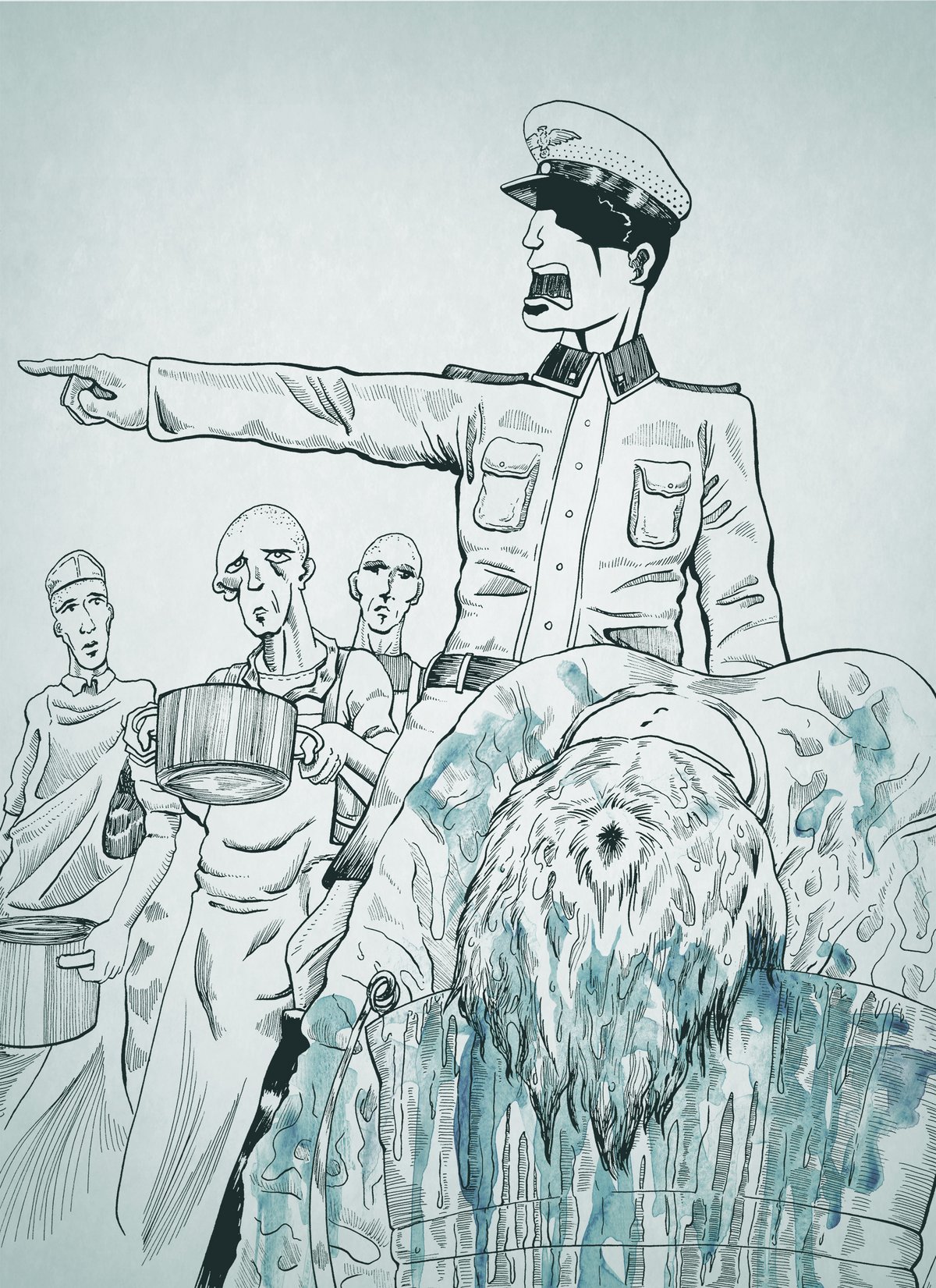
As head of the prisoners’ kitchen, Streng is only responsible for providing food for the prisoners; the SS members are catered for by the SS kitchen. Streng has prisoners fetch the food for the prisoners’ kitchen from the food stores. For the majority of the prisoners, however, only a fraction of the nutritious food remains, because both the SS members and the prisoner functionaries have helped themselves.
For the prisoners, labour detachments in the camp’s food supply and preparation are highly sought after. Those who work as gardeners, potato peelers, kitchen helpers, or soup carriers are less exposed to the elements and workplace accidents and, more importantly, have access to food that they can stash away. But the prisoners’ kitchen is also a place of violence. Several prisoners are murdered there by SS men or prisoner functionaries. Karl Streng drowns a Dutch prisoner in a bucket of water in the Mauthausen prisoners’ kitchen in March 1943.
From 1941 to 1943, Streng is often tasked with organising the prisoners’ kitchen in Mauthausen subcamps. He spends weeks or months at a time in the subcamps at Vöcklabruck, Bretstein, Steyr-Münichholz, Eisenerz and Ebensee. In October 1943, Streng is promoted to SS-Oberscharführer.
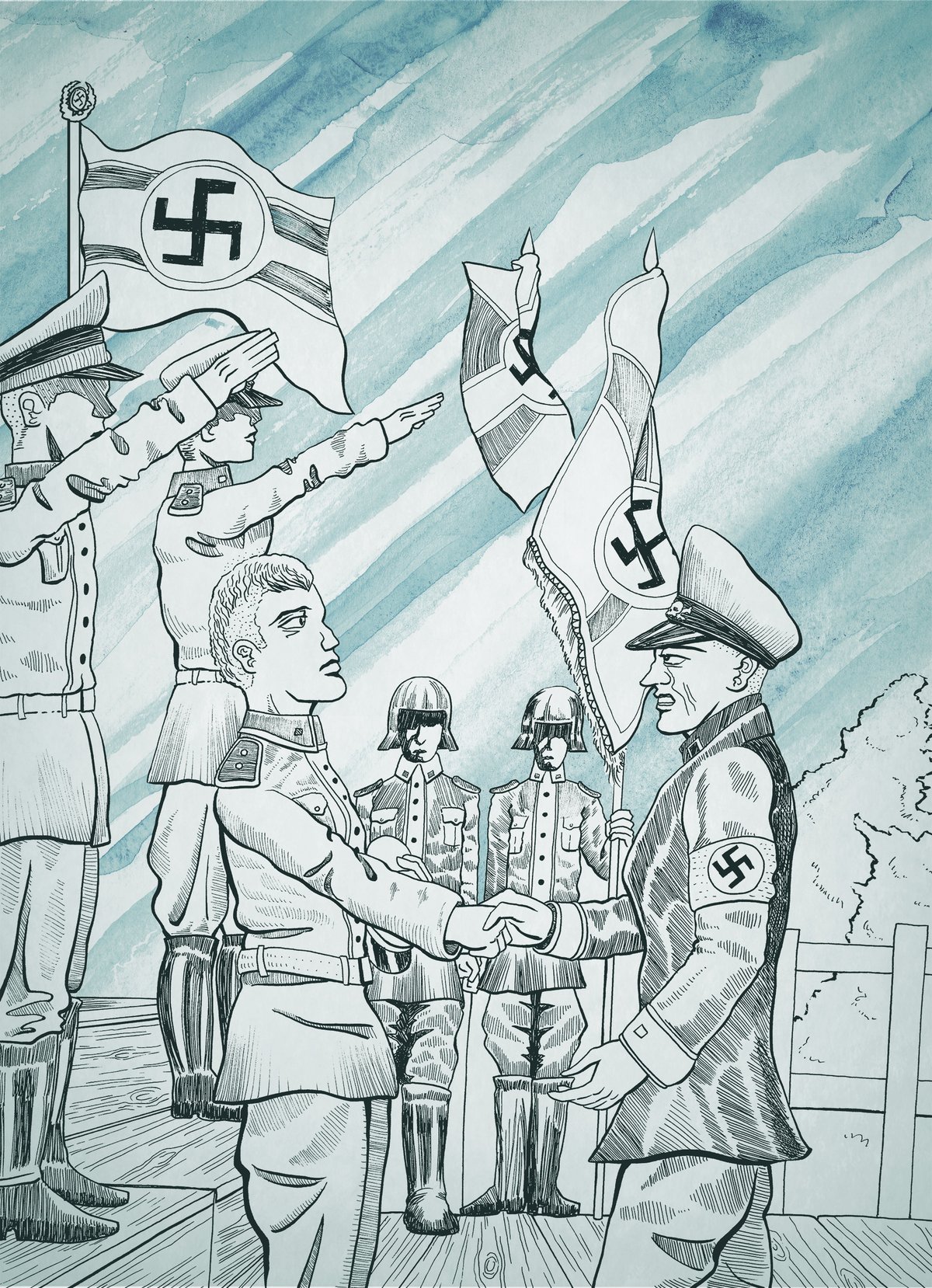
In the same month, he marries Theresia Bötscher, a council employee from St. Georgen an der Gusen. The wedding takes place in the Mauthausen concentration camp. SS members and relatives attend the ceremony in the SS area of the concentration camp. In 1945, the couple have a son.
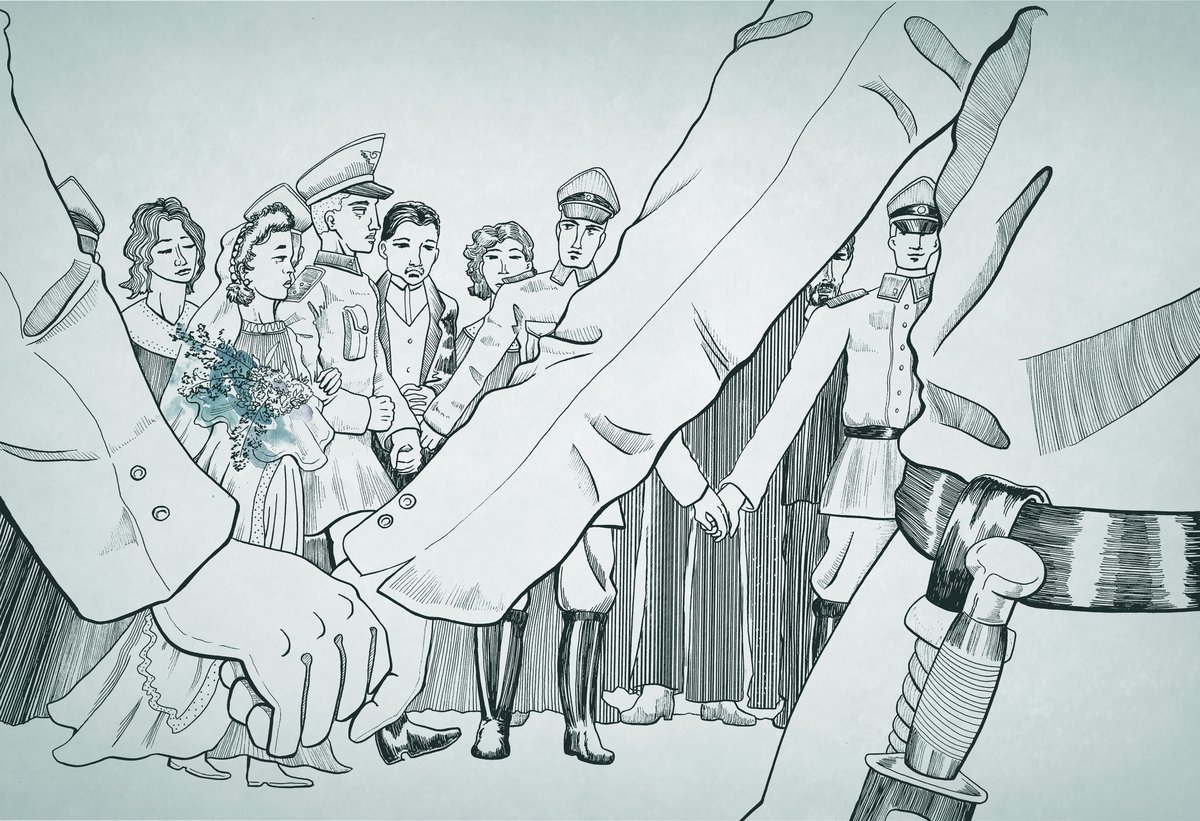
From May 1944, Streng is in charge of the food stores, the staff kitchen and the prisoners’ kitchen at the Linz III subcamp, which is located at the Reichswerke Hermann Göring. He spends the weekends at home in St. Georgen. Karl Streng mistreats and murders many prisoners in the Linz III camp. According to eyewitnesses, he is the most feared man in the camp: ‘Whenever we saw him, we would take off our caps before he was within 50 meters of us because we were so afraid of him.’
The Mauthausen concentration camp and the Linz III subcamp are liberated by the US Army on 5 May 1945. The Americans arrest Karl Streng and take him to the Hallein prisoner of war camp near Salzburg.
In 1946, the largest-scale trial of former SS members and prisoner functionaries from the Mauthausen concentration camp takes place before a US military tribunal on the grounds of the former Dachau concentration camp near Munich. 58 death sentences are pronounced for the crimes committed at Mauthausen. Most of the executions are carried out in 1947. Further trials in Dachau follow in 1947. Karl Streng is among those charged with the crimes committed in the Linz III concentration camp. Streng admits to beating prisoners but denies ever murdering one. However, witnesses testify to numerous crimes. Some former prisoners who were under his command in the kitchen testify in his defence.
Karl Streng is sentenced to death by hanging in June 1947 for severely mistreating several concentration camp inmates and for being responsible for the death of at least two prisoners. His wife makes appeals for clemency but is unsuccessful. In November 1948, Karl Streng is executed in Landsberg am Lech.
- 1918 Karl Streng is born in Guntrams
- 11 November, end of the First World War
- 1930 He begins an apprenticeship as a butcher
- 1933 30 January, Adolf Hitler becomes Reich Chancellor in Germany
- 1938 Streng volunteers for SS training at Sachsenhausen camp
- 12 March, ‘Anschluss’ (‘Annexation’) of Austria to Nazi Germany
- 8 August, construction starts on the Mauthausen concentration camp
- He is transferred to Linz and Vienna, where he is an instructor for SS volunteers
- 1939 1 September, start of the Second World War
- December, Construction begins on the Gusen concentration camp
- 1940 - 1941 Transferred to the Gusen concentration camp and later to Mauthausen. He is put in charge of the prisoners’ kitchen in the Mauthausen concentration camp. He later organises the prisoners' kitchen in the Mauthausen subcamps
- 1943 He marries Theresia Bötscher
- 1945 5 May, Mauthausen concentration camp is liberated by the US Army
- 8 May, Nazi Germany surrenders; end of the Second World War in Europe
- Streng is arrested by the US Army
- 1946 First Mauthausen Trial in Dachau
- 1947 Karl Streng is convicted
- 1948 The death sentence is carried out
Further reflection in groups...
Twenty-year-old Karl Streng voluntarily joins the SS in 1938. Think about what he hopes to gain from his membership.
For Karl Streng, the Mauthausen concentration camp is not only his workplace, but also the place where he marries his wife, Theresia. What do you think the wedding is like for the guests?
You have now learned about the life of Karl Streng and his work in the concentration camp. Imagine you have the opportunity to meet Karl Streng’s son and talk to him about his father. What might he say about him?
Karl Streng works in the kitchen barracks. During your visit to the Mauthausen Memorial, find out what the prisoners’ diet was like in the concentration camp.